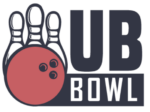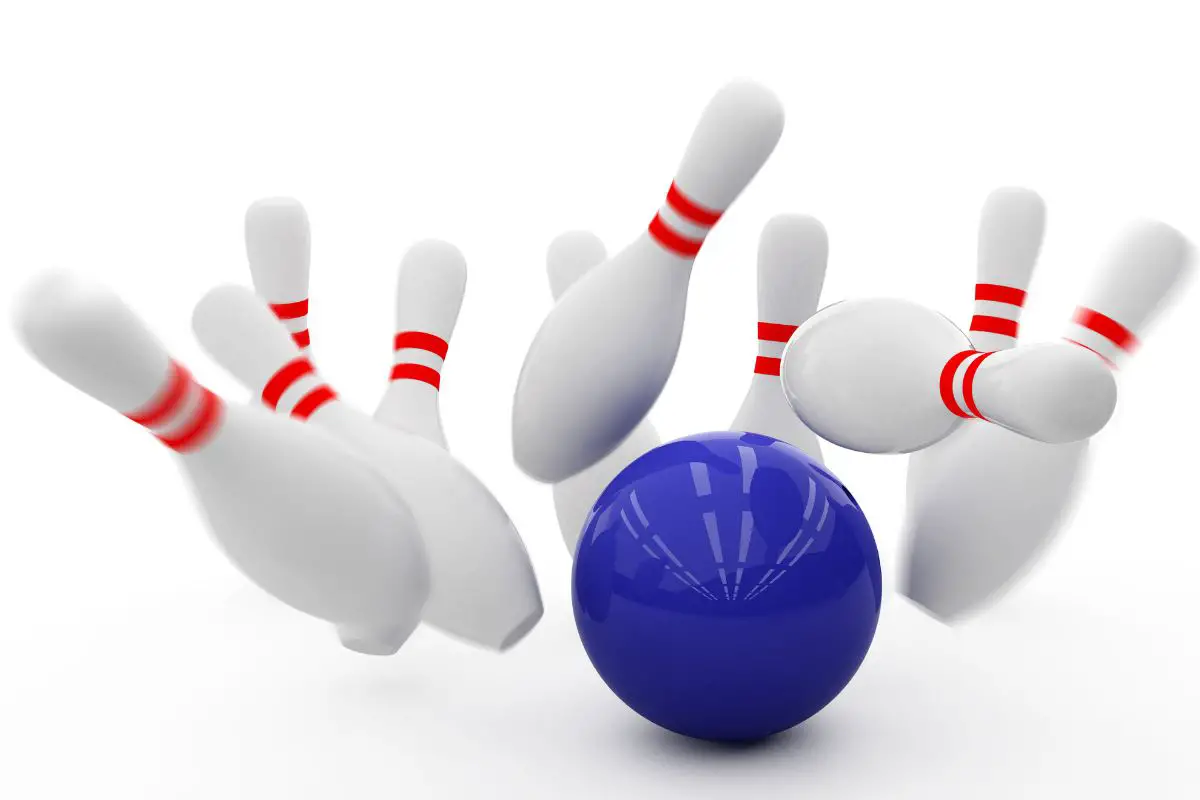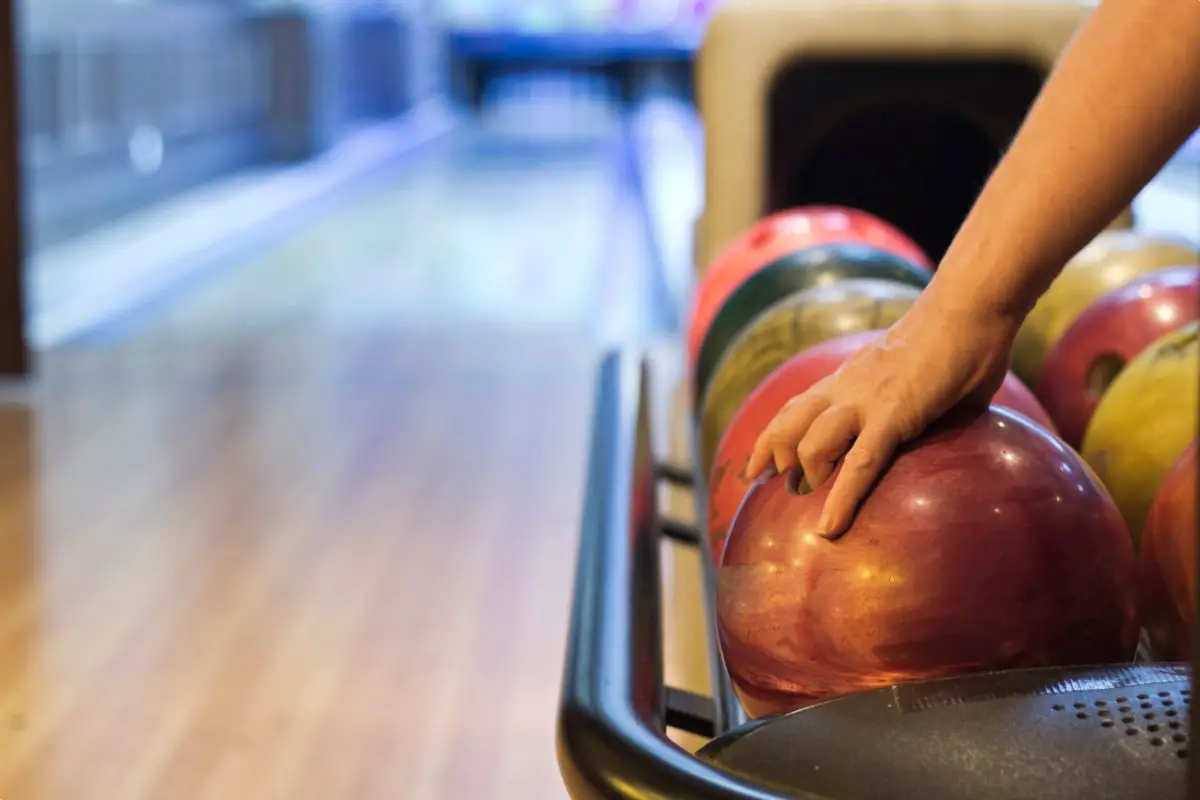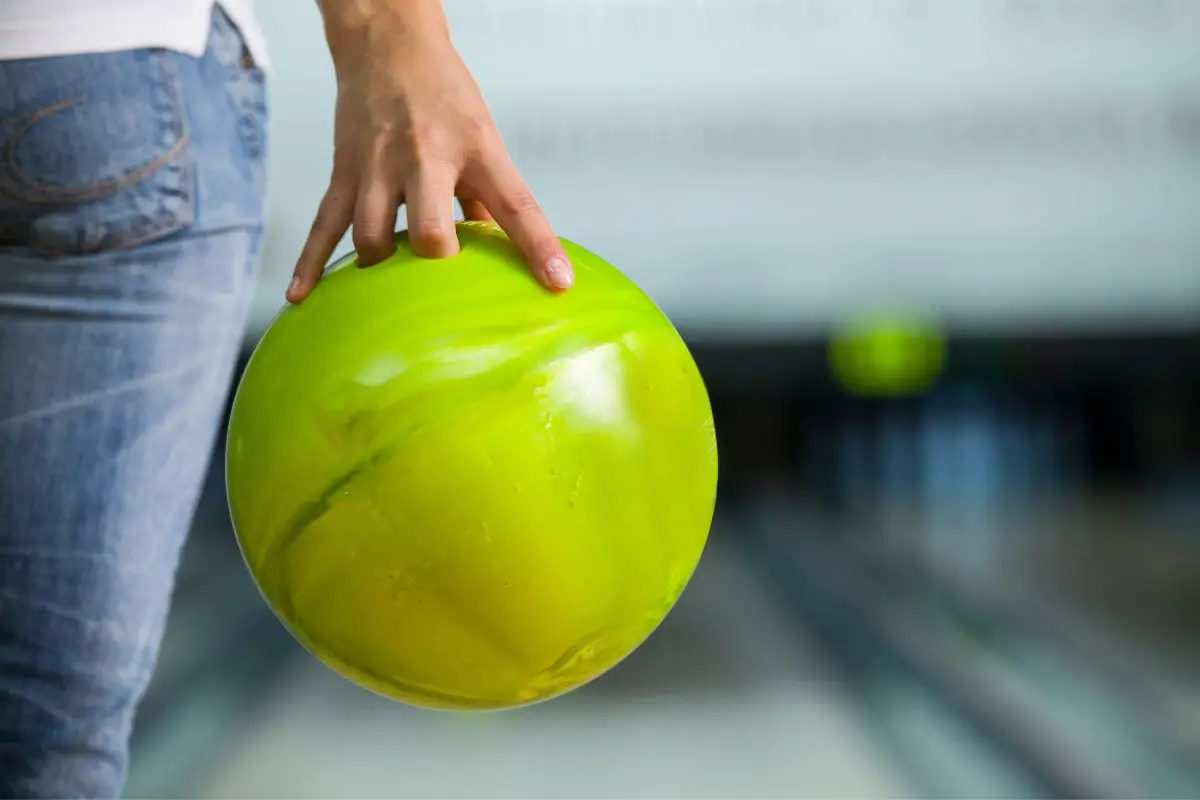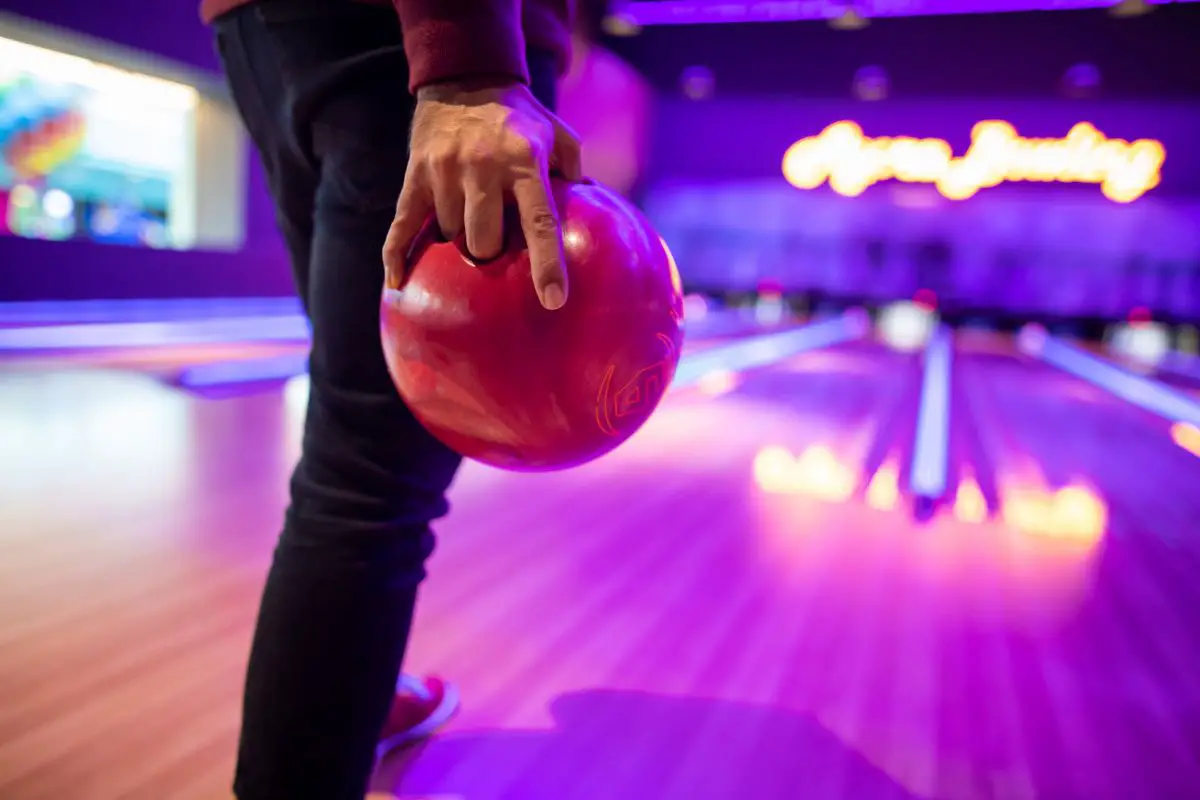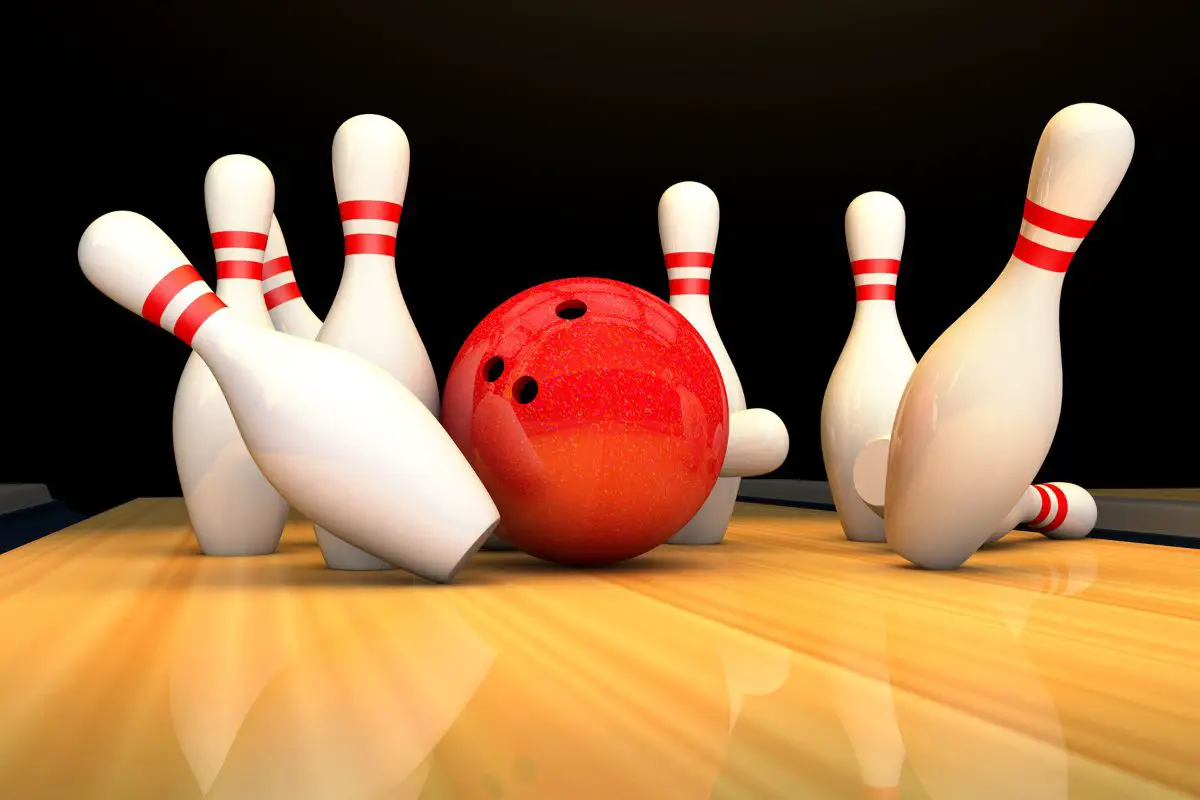If you are getting into bowling, and looking to get more of a professional hand on the game, rather than playing it recreationally, one thing you may want to learn about is balls.
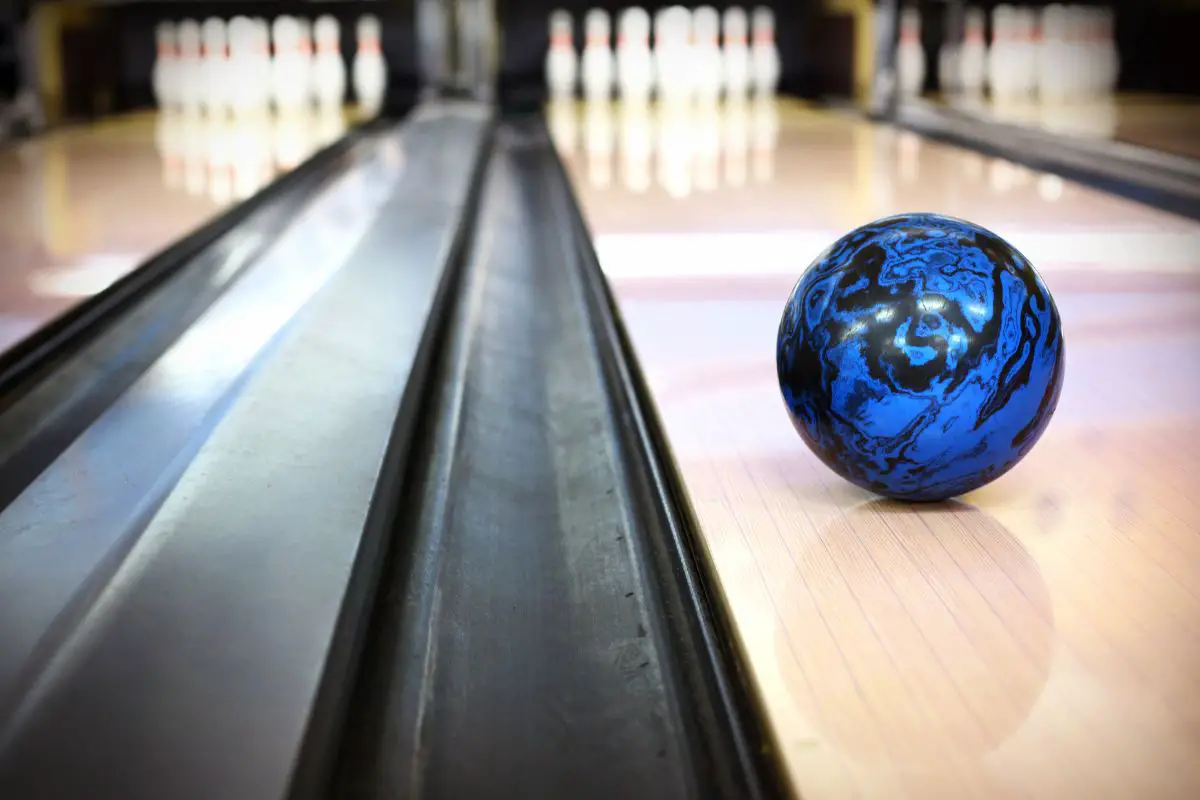
You may be surprised to learn that there are different types of bowling balls not only for different types of hands and hand size but also for different techniques.
Once you understand the ball and how its varying features interact with the different parts of the bowling lane as well as how the physics work on them as you throw them, you can certainly make your game a little better.
Not only this, but when you know the ball you can choose the ball that fits you or your technique best.
Just like Ty Webb says in Caddyshack (1980) you have to ‘be the ball’. Here’s our guide to all things bowling balls!
What Are House Balls?
Well, let’s start with something we are familiar with.
When you go to the bowling alley with friends or family, they don’t only give you shoes, but they also give you a choice of bowling balls. You may not have realized that these balls provided by the establishment are known as ‘house balls’.
The house balls are often organized by weight, as well as color. When you are a kid you probably chose the one that was your favorite color or pattern and probably spent much of the time watching them come back up through the ball retrieval system.
However, when you level up in bowling and start buying your own balls, as well as shoes, you may notice there are some discrepancies.
While most house balls are merely organized by weight, there are many other factors that can come into purchasing your own bowling ball such as material, which isn’t a feature that changes with house balls, usually.
Understanding house balls are often the base level of ball choice, merely finding one that fits your hand well in an arbitrary sense, can help us recognize the many features to consider when looking for your own ball
What To Consider When Buying Your Own Ball?
As we mentioned, there are many things to consider when buying your own ball, to the extent that many professional bowlers will actually use more than one ball depending on the conditions or technique they are using.
When this is the case, you may want to consider investing in a bowling ball bag to carry them as heavy balls are not fun to carry.
Although, if someone ironically jests “What have you got in there? Bowling balls?” you will have to say yes.
In any case, here’s our guide to different bowling balls and how they suit different styles and purposes.
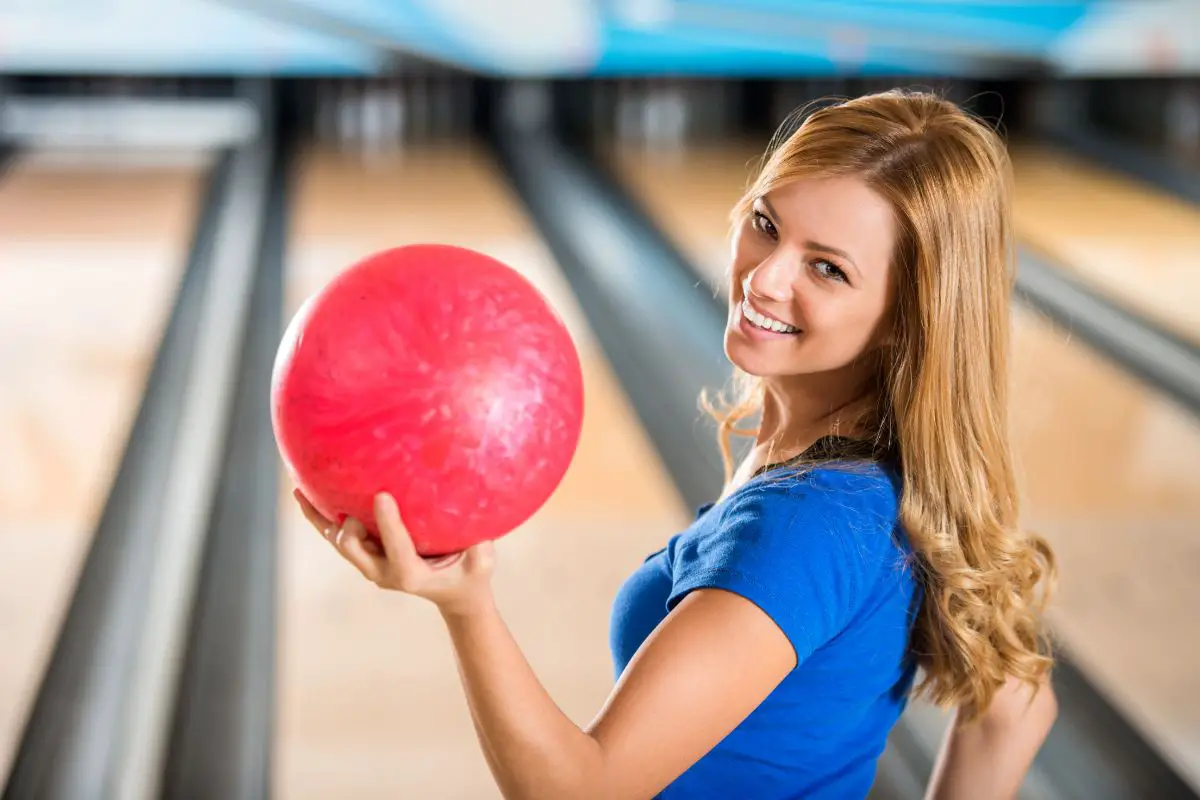
A Tight Fit, Or Not
One thing that can be common sense for the pros, but may not dawn on the beginners, is that you should be able to get your fingers into and out of the finger holes with ease.
If you find your thumb or fingers aren’t fitting that well into the finger holes, you should choose another ball.
This goes for house balls as well as your own personal ball.
If you can’t release the bowling ball from your hand with ease then you are going to go down the lane with it, or potentially hurt your hands irreparably. Moreover, it just isn’t practical at all if you want to bowl well.
Bowling Ball Span
Bowling ball span can often be a safety and comfort measure more than anything, but is definitely worth considering when buying your own, as well as when choosing a house ball.
The bowling ball span will ultimately affect the sort of grip you can enact, as well as generally how it fits your hand.
If you go to a bowling ball store or even a bowling alley, they can actually measure your hand and which bowling ball span will fit best.
A bowling ball span often refers to the distance between the thumbhole to the front edges of the two finger holes. Ultimately, the span affects what sort of grip you can use and how well you can hold it.
There are generally three types of grips, a conventional grip as most people throw the bowling ball, a semi-finger tip grip which is when the grip is only on the second joint of the finger and fingertip grip, a harder grip often used by the pros, which is when only the first joint of your finger is in the hole.
Generally, though, you just want to make sure that your hand is not stretching too much in order to meet each hole, this can hurt your hand and is detrimental to technique and grip.
Pitches
Pitches are likely something you won’t have heard of as a beginner. They mainly decide how the ball releases from your hand rather than your grip.
When buying their own custom ball, many do this in order to get custom pitches made specifically for their hands.
Put simply, pitches are the angles at that your thumb and fingers go into the finger holes of the ball.
A strong hand with a good grip, often an experienced player, will have a reverse pitch in the thumb hole for the best release.
Although in most cases a forward pitch angle allows you to hold onto the bowling ball for longer, better for those without a developed grip yet.
On the finger holes, for your fingers, a forward pitch allows you to hold onto the ball better, while reverse pitches in the finger holes will assist in generally rolling the ball.
The most common for a beginner is to have a forward thumb hole pitch and a forward finger hole pitch.
Weight
Weight is a hugely important thing when buying and customizing a bowling ball.
You may be thinking “How do I determine what weight is best for me?” and there is actually a really easy way to figure this out that doesn’t have that much to do with your strength or height, per se.
A bowling ball should weigh about 10% of your own body weight, up to 16 pounds, the heaviest ball. So this merely requires some simple math to work out.
If you are 150 pounds, a 15-pound ball will be ideal, or even a 16-pound ball if you are particularly strong-armed.
But choosing an 8-pound ball wouldn’t work here, bowling is about accuracy and perpetual motion, not necessarily swinging the lightest ball as hard as you can.
Of course, there are some anomalies here, children should generally only choose balls between 6 to 14 pounds.
Moreover, if you have had an arm injury recently, or another physical condition that may affect your grip and arm strength.
Materials
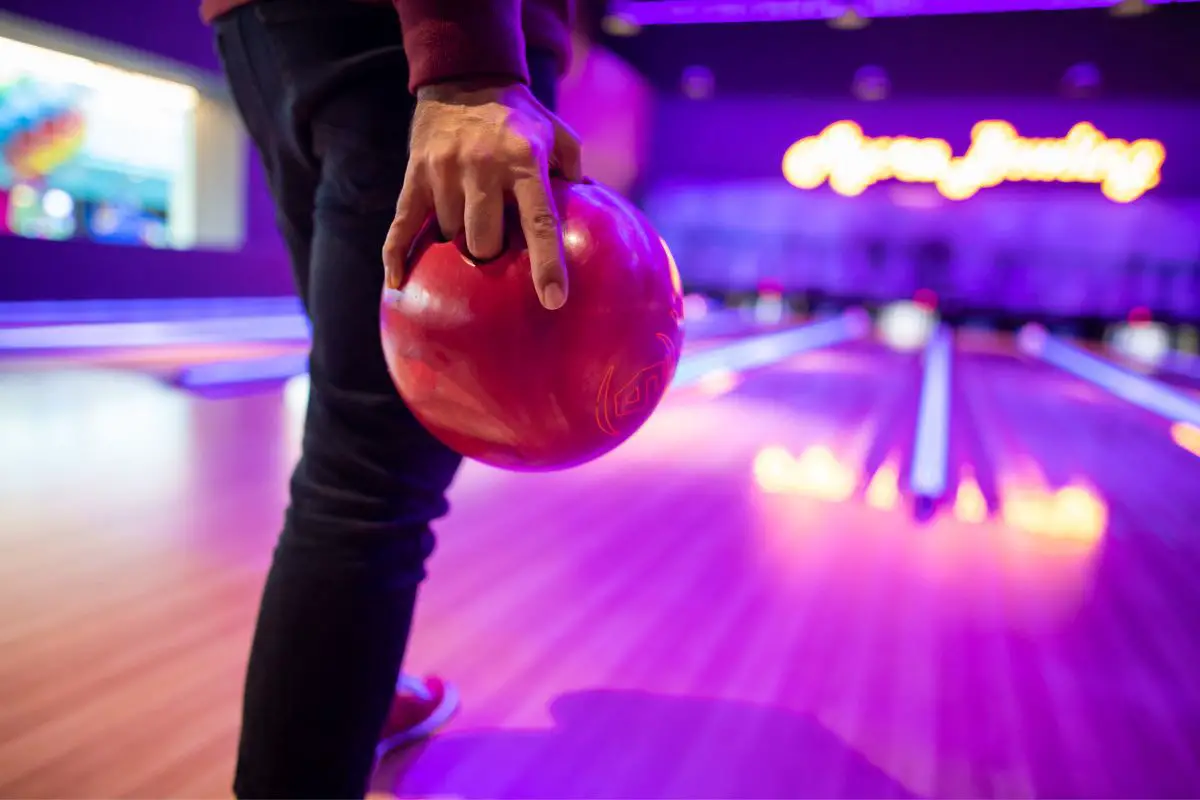
One of the biggest features of a bowling ball that the pros focus on is they will know their span, weight, and pitch preferences at this point, and that is materials.
Material choice is something that you will often encounter within a game of bowling, rather than something you can decide in advance.
This is the main reason pro bowlers will have multiple balls with them, in order to not be caught out by a well-oiled or poorly-oiled lane. We will explain the most common material choices and when they will be used most.
Polyester Bowling Balls
These are the most common bowling balls and usually when you go to a bowling alley most of the house balls will be polyester.
This is practical for both bowling alleys and beginners as these plastic balls are often the cheapest and are fine for recreational playing
However, there are features of this material that are undesirable. When you throw a polyester ball down the lane, if it is well oiled then the plastic ball will slide as well as roll and will often go very fast, more than is ideal.
Yet, if the lane is quite dry and hasn’t been oiled that often, as most recreational bowling alleys aren’t, mainly for their use of plastic bowling balls, then the plastic bowling ball can be really good for these dry situations as they will still roll quite well.
Additionally, a plastic bowling ball is quite easy and quick to clean when oil is involved.
Urethane Bowling Balls
If you are looking to get a better shot or even learn how to curl or hook then a urethane bowling ball can be a great choice. Moreover, if you are a beginner then this would be the next step up.
While plastic balls will glide over oil without absorbing it, urethane balls will absorb some oil which is ideal for a well-oiled lane as it will allow for more grip. Yet, they don’t absorb as much as other balls so are best in dry – medium-oiled lanes.
One downside to urethane balls is that they wear easily – if your ball looks like it needs sanding or polished then this may be the case to get the best out of it.
Particle Bowling Balls
This sort of ball should be reserved for the advanced bowlers who can tell oil conditions very well, and can quickly and easily clean and polish their balls during a game.
Once you have a good hook down and you find this works well, you may want to seek out the particle bowling ball. They are basically the best for doing hooks with, another reason why pros enjoy them.
They are generally quite dense and have a thick outer layer that provides ideal friction, being rough and heavy they do well with well-oiled lanes but can be harder to use on a dry lane.
Reactive Resin Bowling Balls
A reactive resin bowling ball is a mix of all the above, it has a urethane coverstock, with particles of resin mixed in.
The main reason they are used is by those who have a good hook technique. They can have one of the strongest grips due to the way resin and the lane itself interact.
The grip allows them to hook more dramatically for those who need it.
In Conclusion
So as you can see there is often much more to a bowling ball than you may originally think. As a beginner, the main thing you want to figure out is the preferences you have for weight, pitch, and span. This will help you find a ball that is fit for your hand’s size.
Always use the 10% rule when choosing weight for the best results, or go to a bowling ball shop, or even a lane, to find someone who can help you measure these things.
Often the material choice is reserved for those who are professionals who seek to enhance their game.
- A Comprehensive Guide to the Top Bowling Movies of All Time - December 23, 2023
- Bowling Shoes Selection Guide: How to Choose the Right Fit - September 27, 2023
- Bowling Ball Buying Guide: How to Choose the Right Ball for You - September 23, 2023
